Have you ever caught your pet parakeet mid-yawn and wondered what’s happening? Or perhaps you’ve spotted a wild eagle stretching its beak wide in what appears to be a human-like yawn? Bird yawning is a fascinating behavior that has intrigued scientists and bird enthusiasts alike. Though it looks remarkably similar to human yawning, the reasons behind this behavior and its significance in avian physiology and communication differ in important ways. This article explores the science behind bird yawning, what triggers it, and what this seemingly simple behavior might reveal about our feathered friends’ health, emotions, and social dynamics.
The Physiology of Bird Yawning
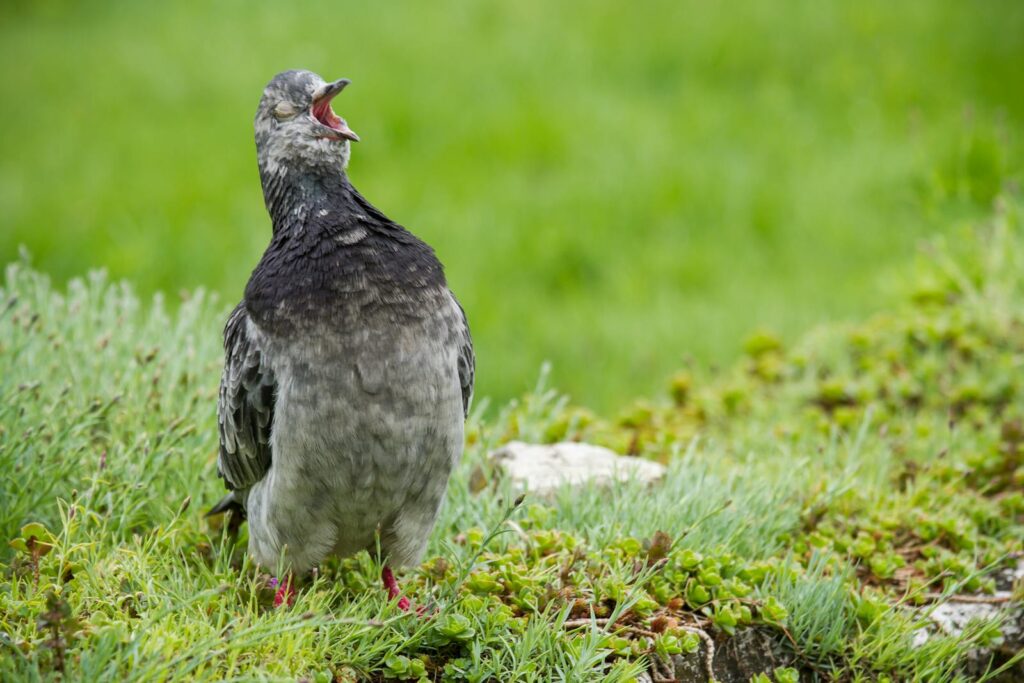
When birds yawn, they typically open their beaks wide, stretch their neck muscles, and sometimes ruffle their feathers – a sequence that looks remarkably similar to mammalian yawning. However, the internal mechanics differ significantly from human yawning. Unlike humans, birds don’t primarily yawn to increase oxygen intake, as their respiratory system works differently. Birds have air sacs in addition to lungs, creating a one-way flow of air that is already highly efficient. Their yawn-like behavior involves complex muscle movements around the throat, beak, and sometimes even extending to chest muscles. These movements may serve to realign structures in the throat and beak, particularly important for birds who use these structures constantly for various activities from eating to vocalization.
Temperature Regulation Through Yawning
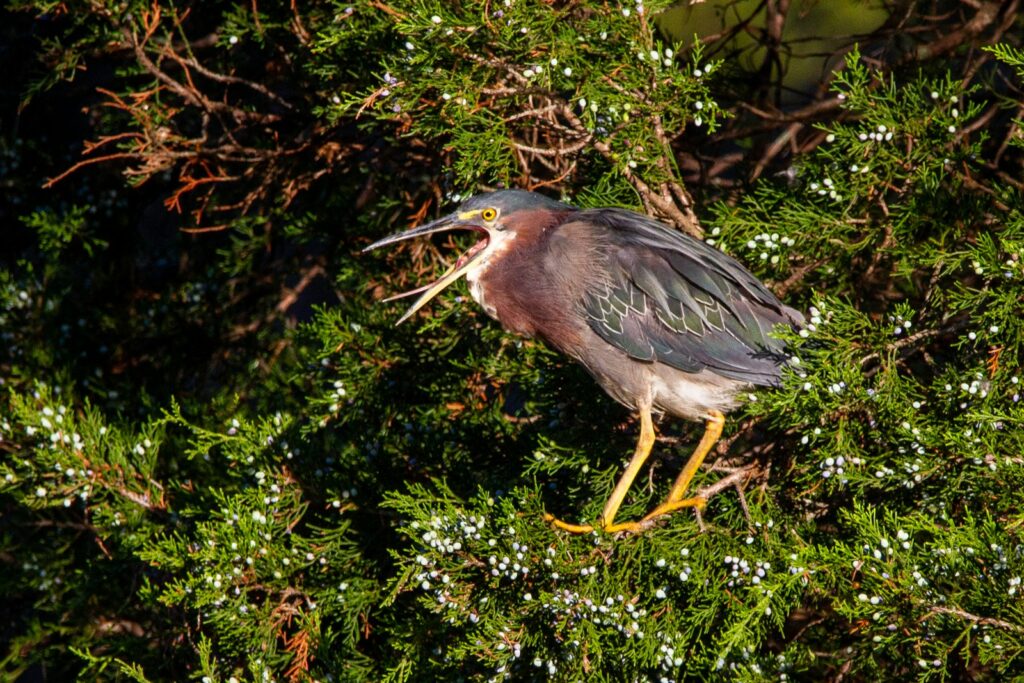
One of the primary theories behind bird yawning is that it helps regulate brain temperature. Research suggests that birds, like some mammals, may yawn to cool their brains when they become too warm. This theory is supported by observations that birds tend to yawn more frequently in warmer temperatures or after periods of intense activity. The wide opening of the beak allows for a rush of cooler air to reach the mucous membranes of the mouth and throat, potentially helping to cool blood flowing to the brain. This thermoregulation function is particularly important for birds, as they generally maintain higher body temperatures than mammals and must carefully balance their internal heat, especially during flight when their metabolism increases dramatically.
Stretching and Physical Maintenance
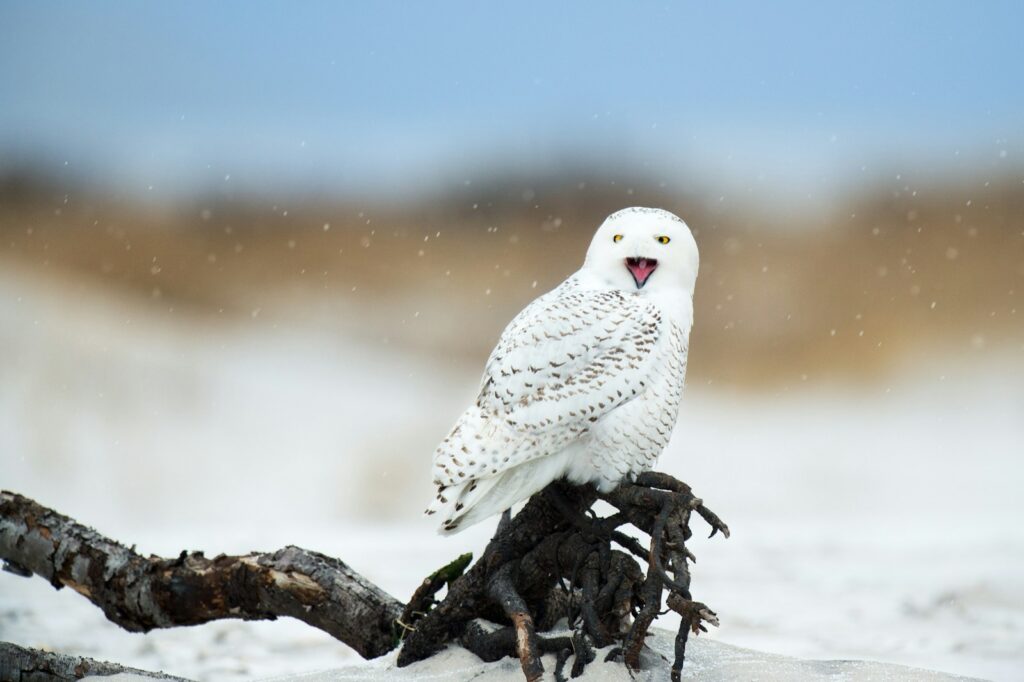
Bird yawning often accompanies stretching behaviors, suggesting it plays a role in physical maintenance. This combination of yawning and stretching helps birds maintain flexibility in their neck muscles and jaw joints, areas that undergo constant use. For birds of prey, who must maintain precise control of their beaks for hunting and tearing food, these stretching yawns may be particularly important. Similarly, parrots and other birds that use their beaks as a third limb for climbing may yawn to keep these crucial structures limber. Ornithologists have noted that birds frequently yawn after long periods of inactivity or upon waking, much like humans stretch after staying in one position for too long.
Respiratory Function and Clearing Airways
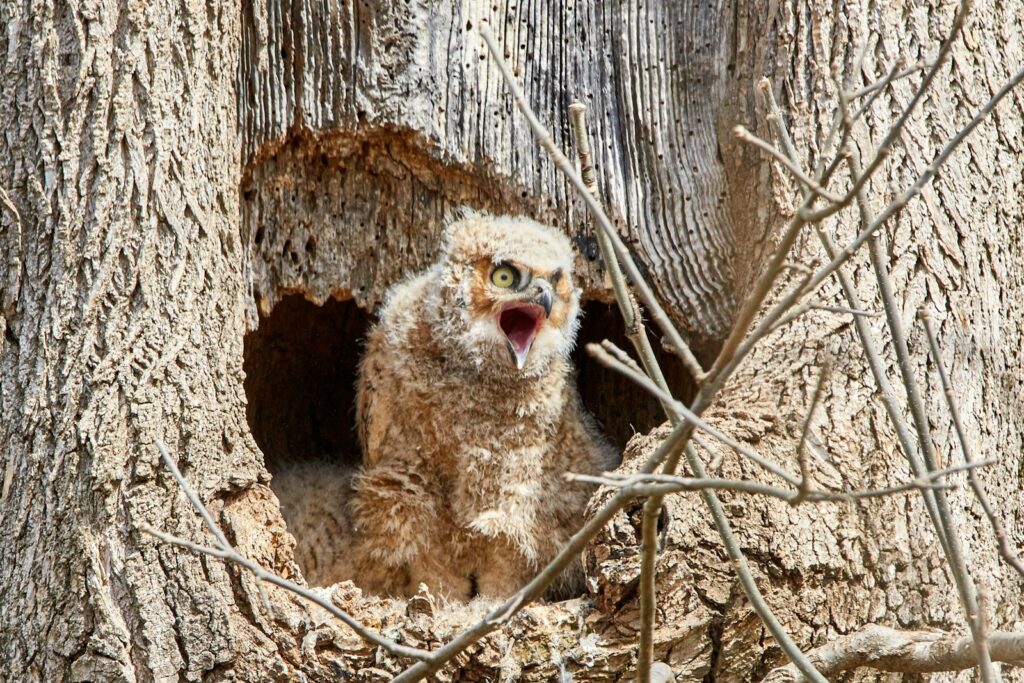
While bird respiration differs from mammals, yawning may still serve some respiratory functions in our avian friends. Birds have been observed yawning after flying through dusty areas or after meals, suggesting the behavior might help clear their airways. The forceful opening of the beak and contraction of throat muscles could dislodge small particles from the back of the throat or respiratory passages. Additionally, some species appear to yawn when transitioning between different breathing patterns, such as shifting from the rapid breathing that accompanies flight to a resting respiratory rate. This transition function might help birds adjust their intricate respiratory systems between different activity levels.
Social Signaling Among Birds
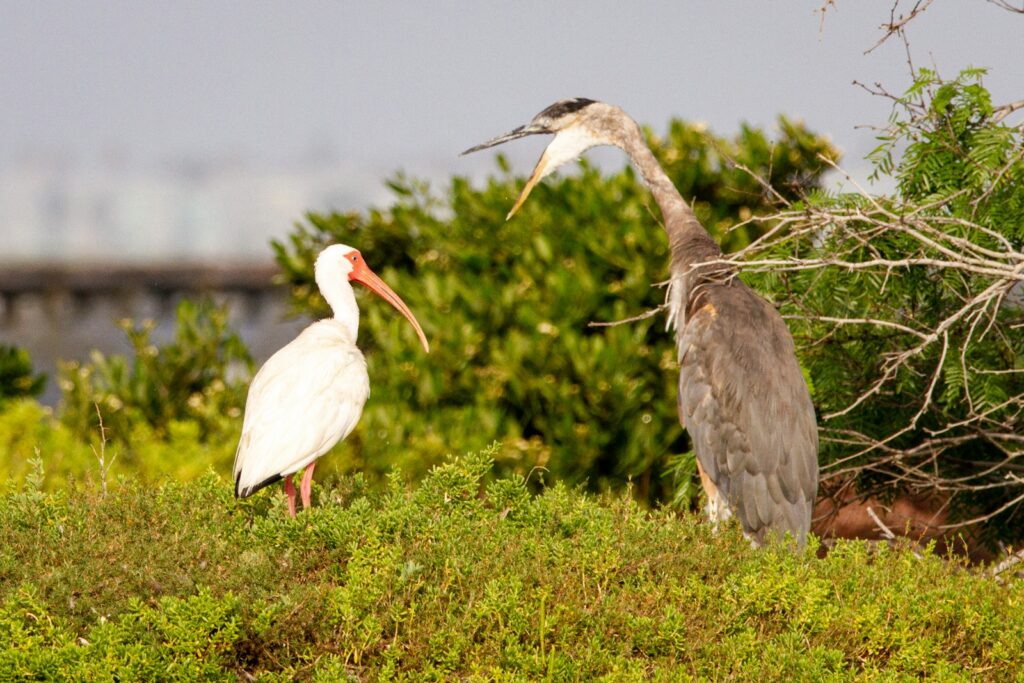
In some bird species, yawning appears to have evolved a social signaling function beyond its physiological purposes. Studies of parrots and certain corvids (crows and ravens) suggest that yawning can communicate specific messages within flocks. For example, dominant birds may yawn more frequently in certain contexts, possibly as a subtle display of their status. Researchers have documented cases where yawning seems to spread through a group of birds, similar to contagious yawning in humans, though the mechanism and purpose remain subjects of ongoing study. This social dimension adds complexity to our understanding of bird yawning, suggesting it has evolved additional communicative functions beyond its original physiological purpose.
Yawning as a Stress Response
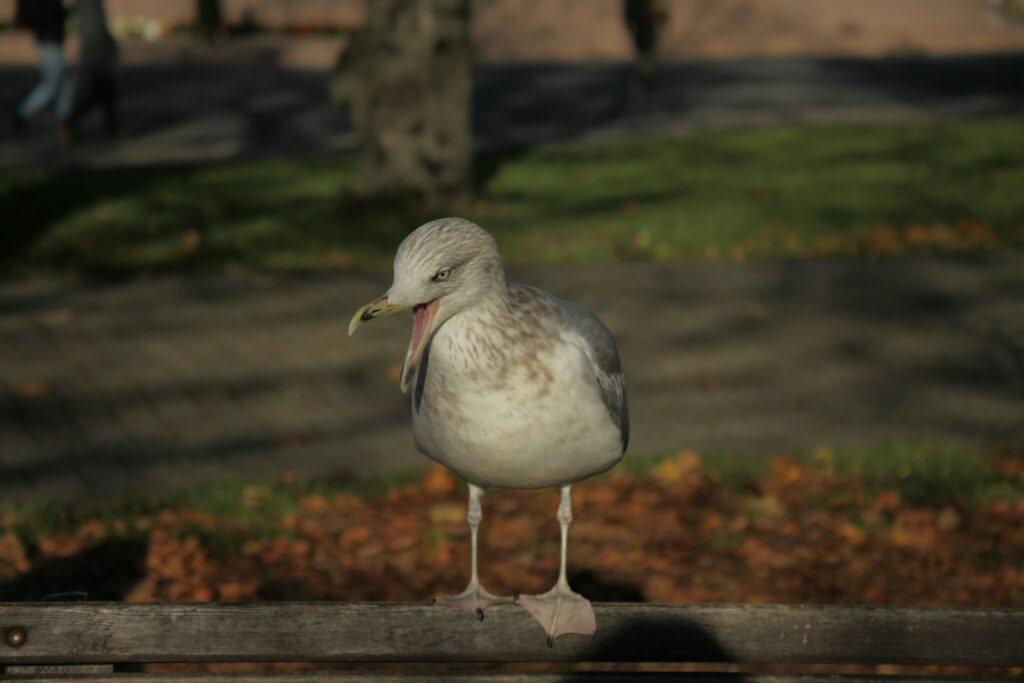
Interestingly, birds sometimes yawn in response to stress or anxiety, creating a potential window into their emotional states. Captive birds often display increased yawning behaviors when introduced to new environments or when confronted with potential threats. This stress-related yawning differs from regular maintenance yawning in its frequency and context. Bird owners and avian veterinarians sometimes use yawning patterns as one indicator of a bird’s comfort level or stress. When combined with other body language signals like feather fluffing, tail bobbing, or pupil dilation, yawning can help humans better understand and respond to birds’ emotional needs. This stress response might help birds release tension in their jaw muscles or serve as a displacement behavior when they’re uncertain how to react.
Species Variations in Yawning Behavior
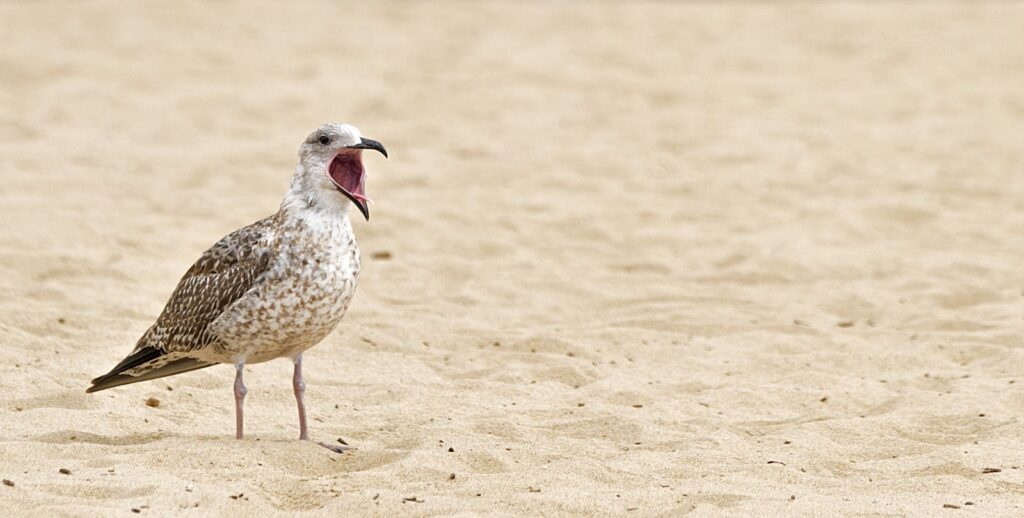
Yawning behaviors vary significantly across different bird species, reflecting their diverse evolutionary histories and lifestyles. Raptors like eagles and hawks often display pronounced yawning behaviors, which may relate to their need to maintain precise control of their powerful beaks. Parrots and macaws, with their highly muscular tongues and complex beaks used for manipulating food, show distinctive yawning patterns that often include tongue movements. Songbirds typically have more subtle yawns, sometimes barely noticeable to human observers. Flightless birds like ostriches and emus display yawning behaviors that more closely resemble mammalian yawns in their execution. These variations highlight how yawning has evolved to serve different functions across the remarkably diverse avian family.
Yawning During Different Life Stages
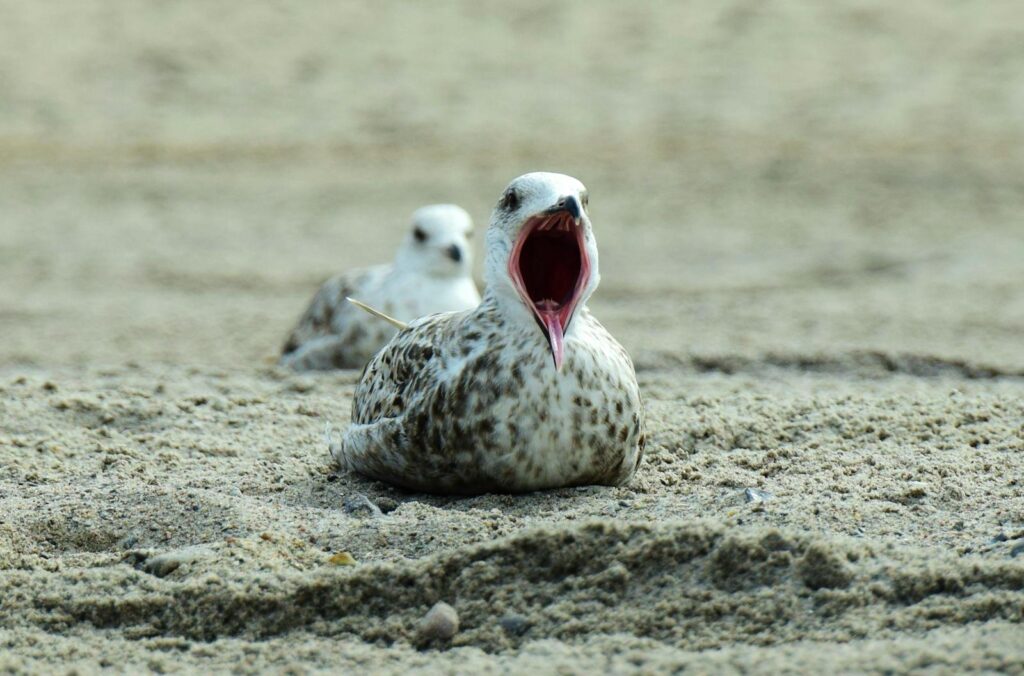
Bird yawning behaviors change throughout their life cycle, with notable differences between hatchlings, juveniles, and adult birds. Nestlings sometimes display yawn-like behaviors that appear connected to begging for food, opening their beaks wide to create a visible target for parent birds. Juvenile birds typically yawn more frequently than adults, possibly due to their developing musculature and respiratory systems. During molting periods, many species show increased yawning, which may help them manage the physical stress of growing new feathers. Elderly birds sometimes demonstrate changes in their yawning patterns, which might relate to alterations in their jaw musculature or neurological changes, though this area requires further research.
The Relationship Between Yawning and Sleep
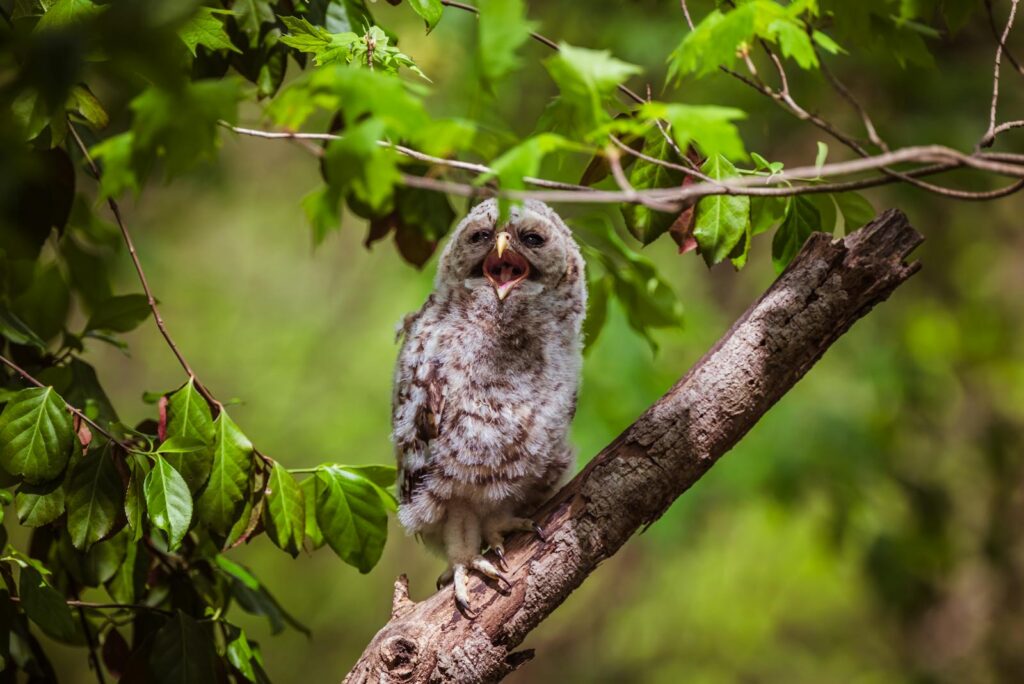
Birds, like mammals, often yawn in connection with sleep cycles, though the precise relationship is complex. Many species yawn more frequently when transitioning between wakefulness and sleep, particularly when preparing to roost for the night. This pre-sleep yawning may help birds relax jaw muscles that remain partially tensed during daytime activities. Dawn yawning is equally common, occurring as birds wake and prepare for daytime activities. Unlike mammals who experience traditional REM sleep, birds have unique sleep patterns including unihemispheric sleep (where one brain hemisphere remains alert while the other sleeps), and their yawning behaviors may relate to these specialized sleep adaptations. Researchers studying captive birds have noted that interrupted sleep patterns often correlate with increased frequency of yawning the following day.
When Bird Yawning Indicates Health Problems
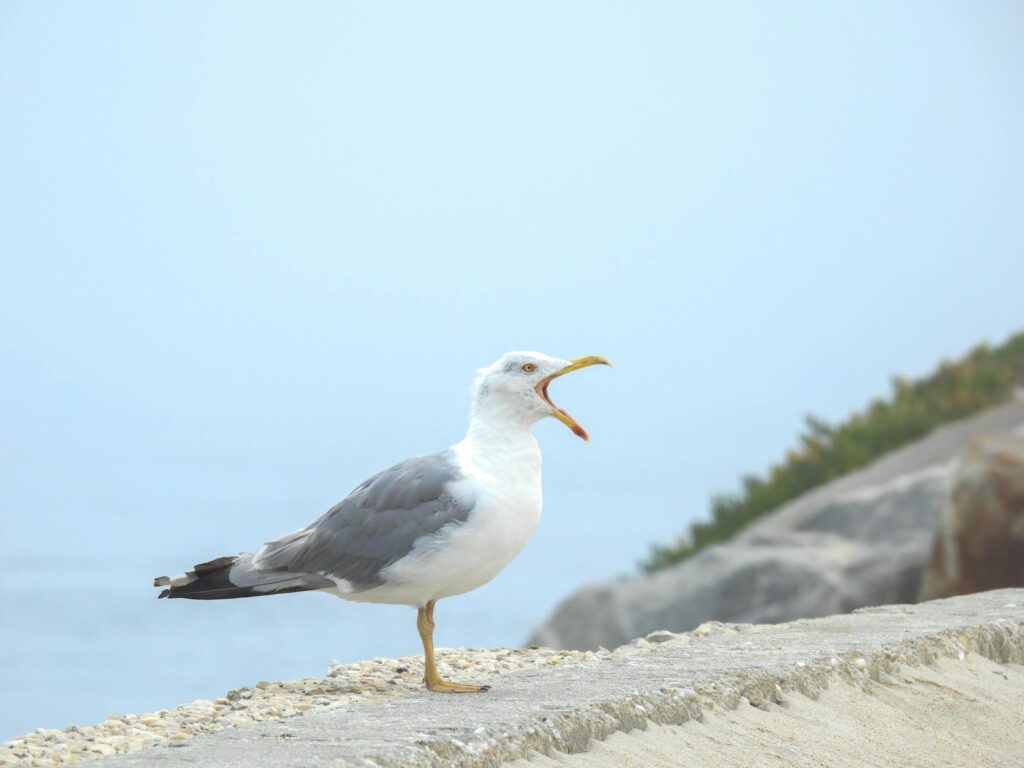
While yawning is normally a benign and natural behavior, changes in yawning patterns can sometimes signal health issues in birds. Excessive yawning, particularly when accompanied by other symptoms like lethargy or decreased appetite, may indicate respiratory infections or airsac disease. Birds with vitamin deficiencies sometimes display abnormal yawning behaviors as their neurological systems become affected. Beak or jaw injuries might cause birds to yawn repeatedly as they attempt to realign uncomfortable structures. Avian veterinarians consider the context and frequency of yawning when assessing bird health, using it as one of many behavioral indicators that help diagnose potential problems. Bird owners should be particularly alert to sudden changes in yawning patterns, as these could warrant professional attention.
Comparing Bird Yawning to Mammalian Yawning
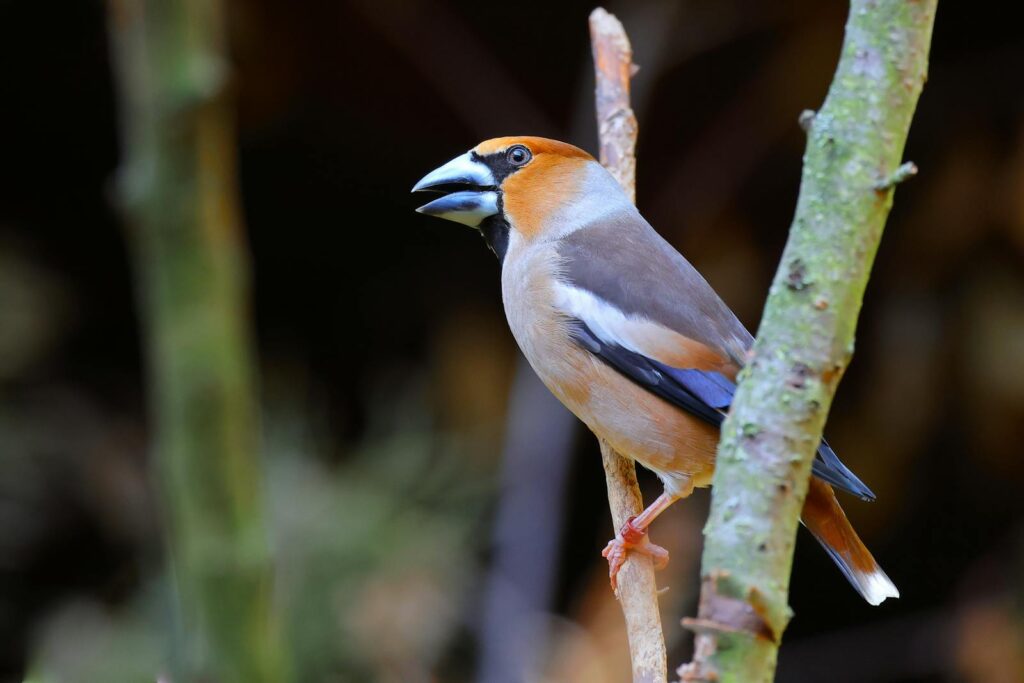
Despite superficial similarities, bird yawning differs from mammalian yawning in several key respects. The most significant difference lies in the underlying respiratory anatomy – birds’ unique one-way breathing system with air sacs functions fundamentally differently from mammalian lungs. While mammalian yawning is strongly linked to increasing oxygen intake and removing carbon dioxide buildup, avian yawning serves different primary purposes. The contagious nature of yawning, well-documented in humans and some primates, appears less consistent in birds, with only certain social species showing this response. Evolutionary biologists suggest that yawning behaviors likely evolved independently in birds and mammals, representing a case of convergent evolution where similar behaviors developed separately to serve comparable functions in different lineages.
Observing Yawning in Your Pet Bird
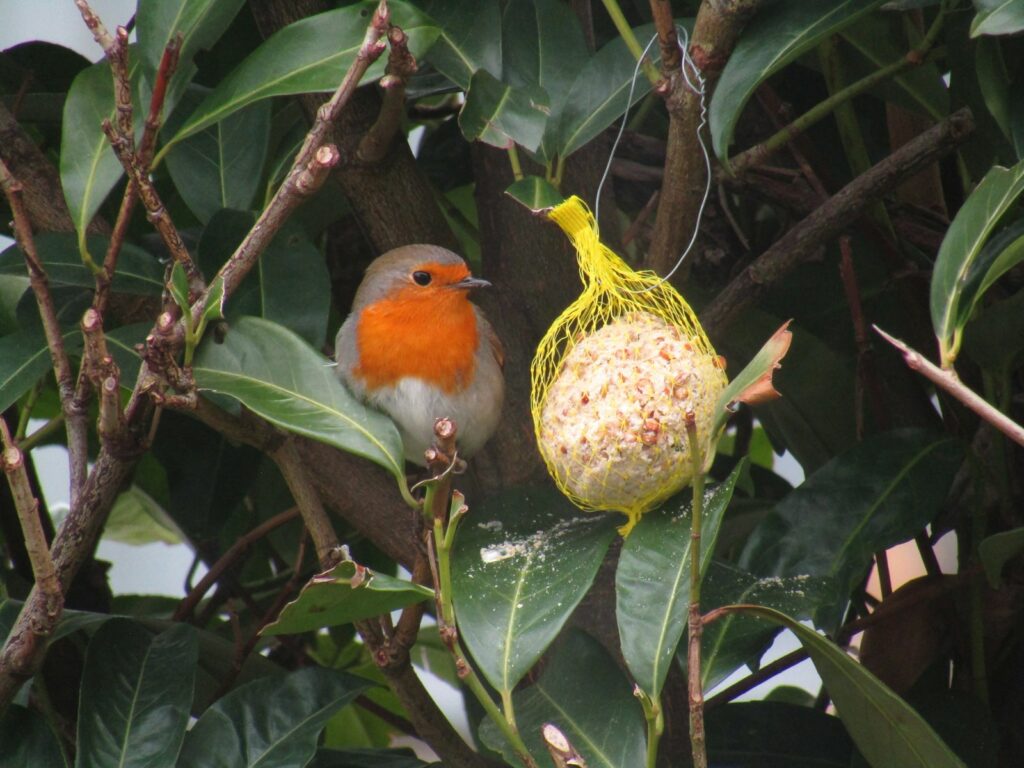
For bird owners, understanding normal yawning behaviors can enhance your relationship with your feathered companion. Healthy pet birds typically yawn several times daily, often after waking, before sleeping, during preening sessions, or after meals. These normal maintenance yawns should appear smooth and unforced. When observing your bird, note the circumstances surrounding yawning episodes – excessive yawning in stressful situations might indicate anxiety requiring environmental adjustments. Recording your bird’s typical yawning frequency establishes a baseline that helps you recognize changes that might signal health concerns. Many bird owners report that patient observation of subtle behaviors like yawning has deepened their understanding of their pets’ needs and personalities, creating stronger human-avian bonds.
Future Research on Bird Yawning
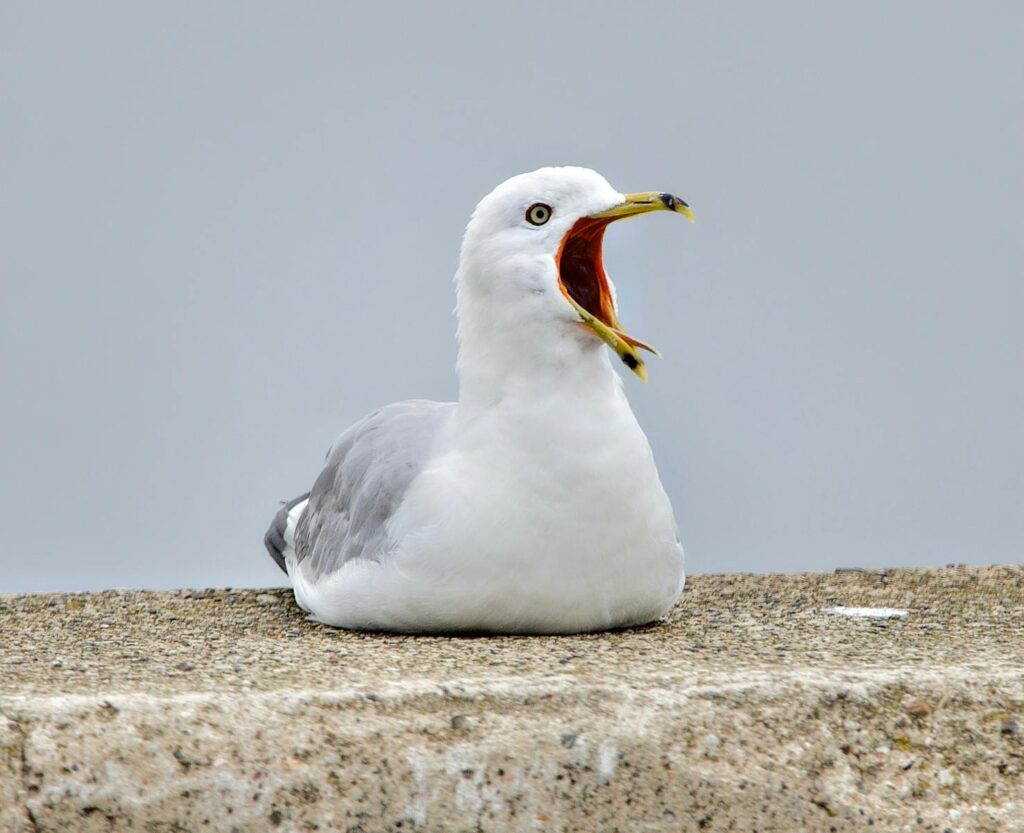
The science of bird yawning remains a developing field with numerous unanswered questions attracting researcher interest. Advanced neuroimaging techniques are beginning to reveal the brain activities associated with bird yawning, helping scientists understand the neural mechanisms behind this behavior. Questions about potential contagious yawning among closely bonded birds represent an exciting avenue for exploring avian emotional connections and empathy. The relationship between yawning and various environmental factors, including atmospheric pressure changes that birds detect before storms, offers another promising research direction. As our understanding of bird cognition and emotions grows more sophisticated, yawning behaviors may provide valuable windows into the complex internal experiences of these remarkable creatures, bridging the communication gap between humans and our avian neighbors.
Bird yawning, while outwardly similar to human yawning, represents a fascinating behavior with multiple functions specific to avian physiology and social dynamics. From temperature regulation and physical maintenance to stress responses and social signaling, this simple action offers remarkable insights into birds’ internal states. By understanding the various contexts and meanings of bird yawning, both scientists and bird enthusiasts gain valuable tools for interpreting avian behavior and welfare. Whether you’re a researcher studying wild birds or a pet owner caring for a beloved companion, paying attention to yawning patterns can deepen your connection with these extraordinary creatures and contribute to our evolving understanding of the rich complexity of bird behavior.
